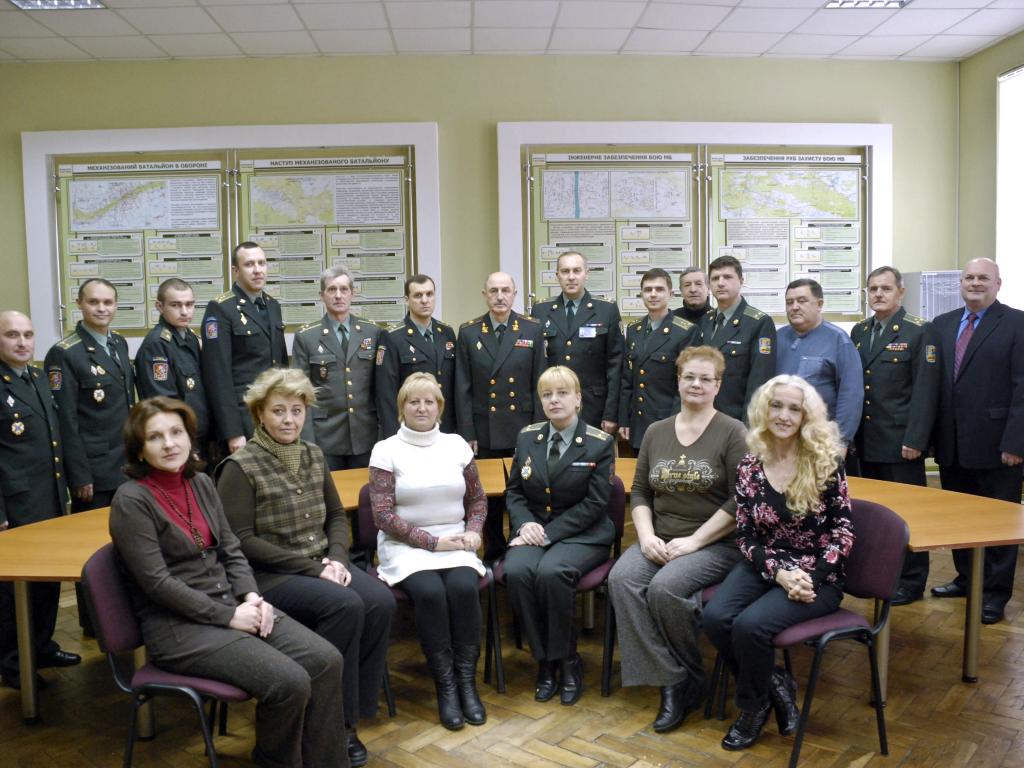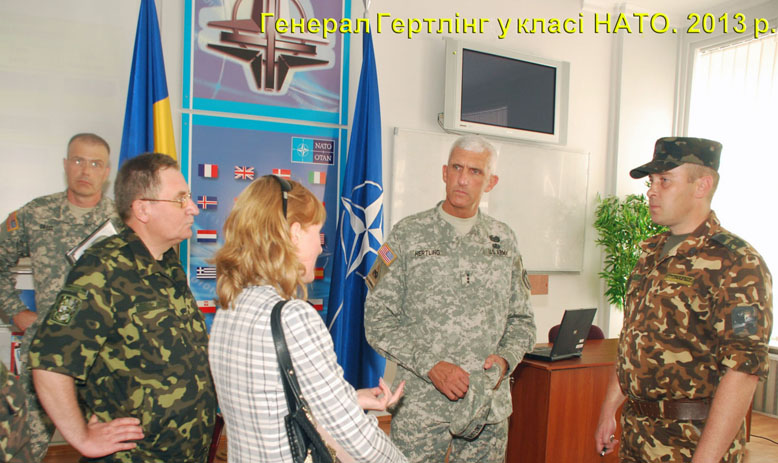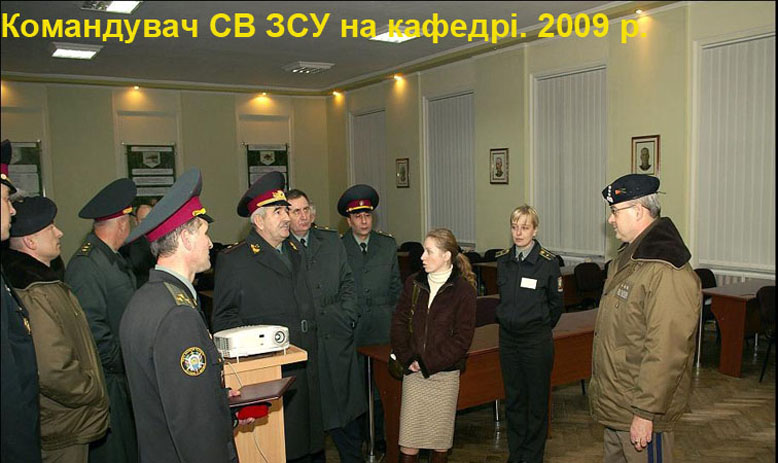
The Department of Tactics was founded on June 1, 1940. For more than half a century, cadets have been studying the theory and practice of training and combat by units, units and formations of various branches of the Armed Forces, branches of the military and special forces, gaining knowledge of the tactics of foreign armies in order to study the forms and methods of using troops in wars and local conflicts of our time.
The first staff of the Department of Tactics was headed by Colonel A. Remez.
Over the years, the heads of the department were Colonels V. Vasyleiko, I. Sulokatko, I. Bordiukov, B. Zahney, Y. Zaiets, E. Virko, A. Nikolaiev, S. Bokachov, Lieutenant Colonel Y. Ftemov, Colonel S. Pohnatiuk, and Colonel V. Ozharevsky.
Since November 2021, the department has been headed by Colonel V. Zabolotniuk, PhD in History, Senior Researcher.
In the period 1940-1942, the department provided training in the following disciplines: tactics, topography, rifle training, drill training, physical training, chemical training, and engineering training.
In 1942, the following subjects remained: tactics, drill, physical training, and firearms training, and a new subject of topography was introduced.
From 1943 to 1944, the department taught tactics, drill, and firearms training.
From 1944 to November 1946, the following subjects were taught: tactics and firearms training.
In December 1946, the following subjects were additionally introduced: artillery, armored vehicles, aviation, engineering, and communications.
In 1947, the department taught tactics, firearms training, physical training, topography, and guard service.
In 1948-1949, the list of disciplines was changed again. The department held classes in tactics, firearms training, and drill.
From 1950 to 1952, chemical training was additionally taught.
In 1953-1954, the list of disciplines was as follows: tactics, defense against weapons of mass destruction, fire training, ground artillery, technical training, and driving combat vehicles.
In 1955, the following subjects were taught: tactics, tactics of engineer troops, artillery tactics, protection against weapons of mass destruction, demolition and minefields, fire training, firing of ground and anti-aircraft artillery, material and devices of anti-aircraft artillery, technical training and armament of combat vehicles.
From 1956 to 1959, the following subjects were taught: tactics, tactics of engineer troops, engineering training, and artillery training.
In the period from 1990 to 1993, the department returned to the disciplines of the department of defense against weapons of mass destruction.
From 1994 to 2002, the department was responsible for training cadets in the following disciplines: general tactics, airborne training, automated troop management systems and communication organization, CBRN protection of units, military engineering training.
From 2002 to 2012, cadets have been studying 7 academic disciplines at the department: “Tactics”, ‘Combat use of mechanized units’, ‘Combat use of tank units’, ‘Combat support of units’, ‘Radiation, chemical and biological protection of units’, ‘Engineering support’, ‘Communications and automated control systems’, ‘History of wars and military art’.
 |
 |
 |
 |
 At the current stage, cadets are studying the following disciplines: “Tactics”, ‘Combat use of mechanized units’, ‘Combat use of tank units’, ‘Combat support of units’, ‘Organization of military communications’.
At the current stage, cadets are studying the following disciplines: “Tactics”, ‘Combat use of mechanized units’, ‘Combat use of tank units’, ‘Combat support of units’, ‘Organization of military communications’.
Until 2003, the department was part of the Faculty of Training of Combined Arms Specialists. From 2003 to 2005, it was a separate institute-wide department. Since 2005, the department has been organizationally part of the Faculty of Combat Use of Forces.
Today, the Department of Tactics is one of the largest teams of the National Academy. Thanks to the efforts of the academic staff and support staff of the department, a modern educational, material and methodological base has been created. In particular, the classrooms are equipped with operating electrified stands, terrain models, and the classrooms for operational and tactical calculations and combat simulation are equipped with electronic computers. Modern digital means of communication and control are actively used in training.
